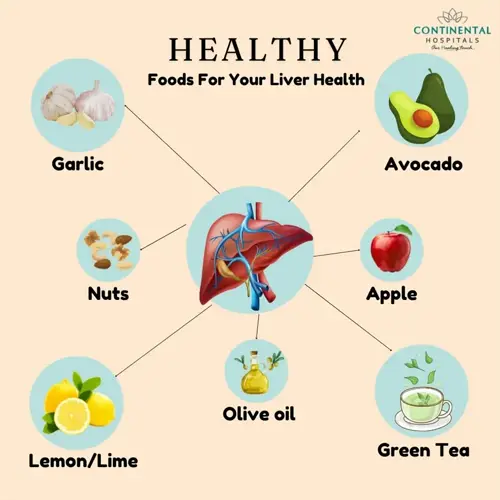Can pregnant individuals do low impact cardio?

Written by
Gina Mason
Reviewed by
Prof. William Dalton, Ph.D.Pregnant people can perform low-impact cardio safely with appropriate modifications for both parent and baby. The rate of perceived exertion should be maintained at a conversational pace throughout all workouts, with a focus on avoiding excessive exertion. Supine positions must be avoided after the first trimester to ensure maximal blood flow. Ensure they do not overheat by performing workouts in a temperature-controlled environment and staying well-hydrated.
Trimester-Specific Modifications
- First trimester: Focus on establishing routine without nausea triggers
- Second trimester: Add pelvic floor exercises as center of gravity shifts
- Third trimester: Prioritize balance support and reduced intensity
Recommended Activities
- Upright cycling maintains stability without abdominal pressure
- Moderate walking with supportive footwear prevents falls
- Water aerobics provides natural cooling and joint relief
Essential Safety Protocols
- Medical approval required before starting any regimen
- Core temperature monitoring preventing overheating risks
- Hydration breaks every 10 minutes maintaining fluid balance
Adequate intensity management helps avoid problems in pregnancy exercises. Monitor exercise intensity using the "talk test," meaning you can converse comfortably. If you experience dizziness, unusual cramping, or decreased fetal movement, stop immediately and contact your healthcare provider. These precautions help ensure that exercise is beneficial rather than harmful.
There are specific benefits of low-impact cardio that make it a helpful form of exercise during pregnancy. Improved circulation decreases swelling in the legs and feet. Improved sleep patterns occur when hormone levels are stabilized. Improved strength in the core and pelvic floor leads to being more prepared for labor. These benefits promote healthy pregnancy outcomes.
Posture adaptations account for physical changes during each trimester. Use supportive belts to reduce pressure on the lower back during standing activities. When changing the range of motion, avoid deep stretching, which can strain ligaments. Adopting these different methods of workouts provides maximum comfort during each stage of abdominal development during pregnancy.
Read the full article: 10 Low Impact Cardio Workouts Revealed

